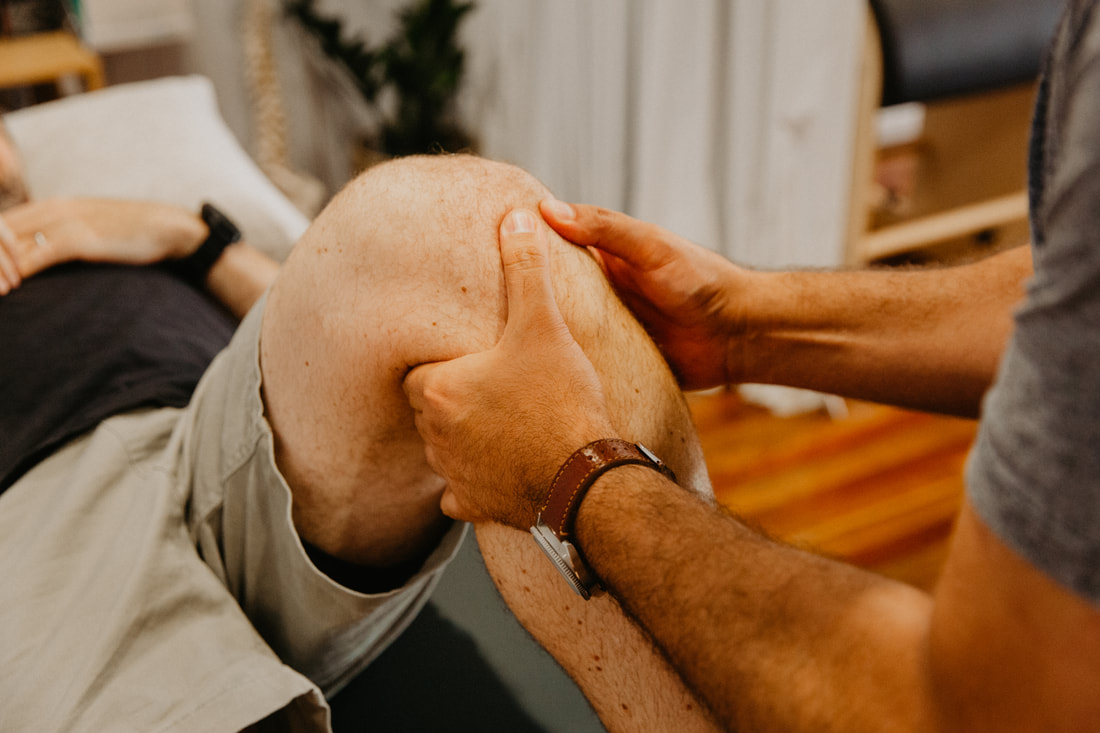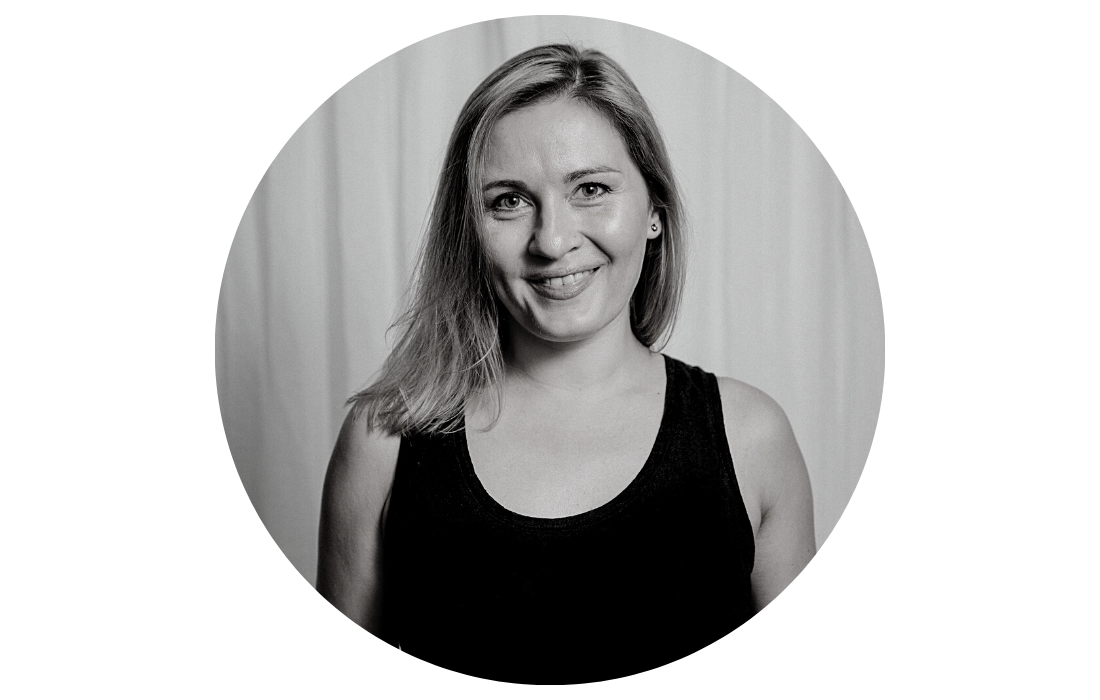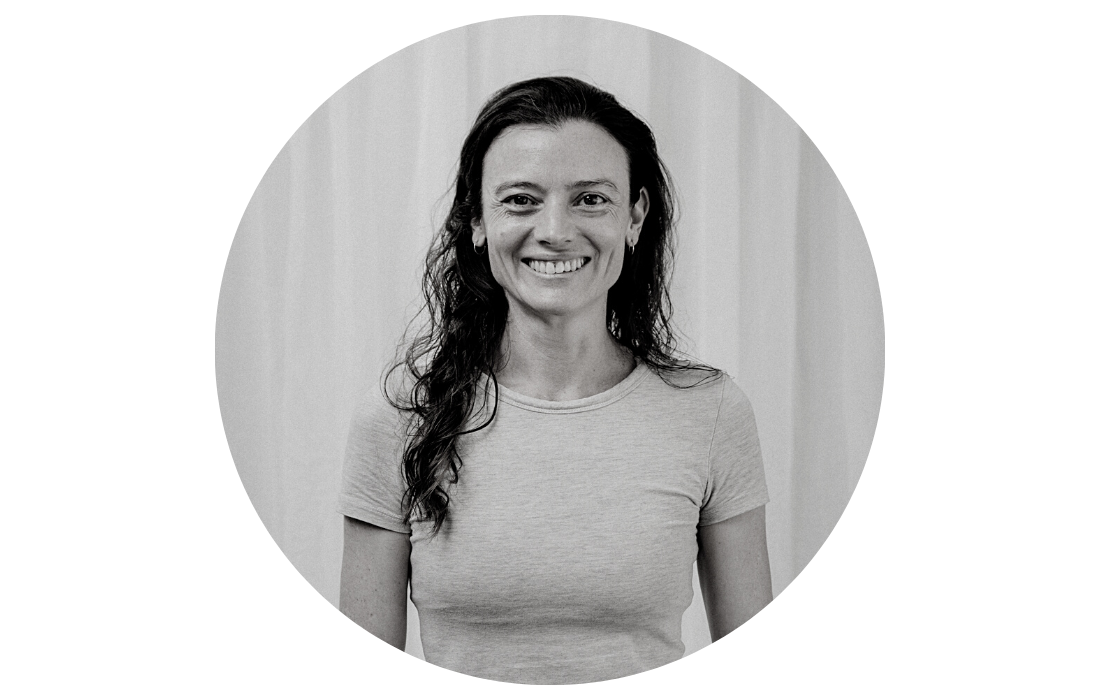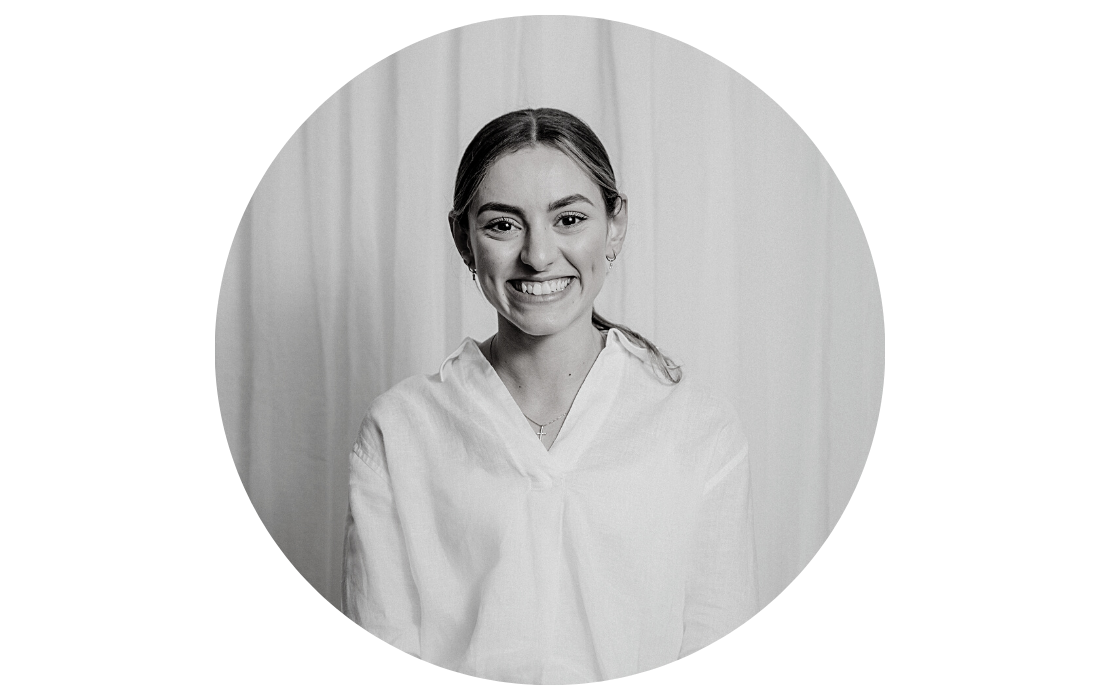Anterior Cruciate Ligament (ACL) Injuries physiotherapy Brisbane southside.
Anterior cruciate ligament (ACL) injuries are a common injury among athletes, particularly those who participate in sports that require sudden changes of direction, jumping or landing. These tend to include sports such as soccer, basketball, skiing, and football. The ACL is a ligament that connects the femur (thigh bone) to the tibia (shinbone) and is responsible for stabilising the knee joint. When the ACL is injured, it can lead to pain, instability, and difficulty walking or participating in activities.
What are anterior cruciate ligament (ACL) injuries?
ACL injuries occur when the ligament is stretched or torn, often as a result of a sudden twisting motion or direct impact to the knee. Symptoms of an ACL injury include sudden pain, swelling, a popping sound or sensation in the knee, and difficulty moving the joint.
How are anterior cruciate ligament (ACL) injuries diagnosed? A healthcare provider will typically perform a physical examination to assess the knee's stability and range of motion. They may also order imaging tests, such as an MRI, to confirm the diagnosis and evaluate the extent of the injury.
How can physiotherapy help with anterior cruciate ligament (ACL) injuries?
Physiotherapy is a crucial part of the recovery process for ACL injuries. It can help reduce pain, swelling, and stiffness in the knee and restore strength, flexibility, and balance. A physiotherapist will typically develop a personalized treatment plan based on the individual's specific needs and goals, which may include:
Can you prevent ACL injuries?
While ACL injuries cannot always be prevented, there are steps you can take to reduce the risk of injury, such as:
Surgical management of ACL injuries
Surgical management of ACL injuries typically involves reconstructing the torn ligament using a graft from another part of the body or a donor. The surgery is typically performed under general anesthesia, and the procedure involves making small incisions around the knee joint to access the damaged ligament. After the surgery, the patient will need to undergo a period of rehabilitation, including physiotherapy, to restore strength and mobility to the knee joint.
What is the typical timeline for recovery after an ACL injury?
The timeline for recovery after an ACL injury can vary depending on the severity of the injury and the individual's overall health and fitness level. In general, however, the recovery timeline may include the following stages:
Again, it's important to note that every individual's recovery process is unique and can vary based on several factors. A healthcare professional can provide more specific guidance on the recovery timeline and help develop a personalised plan to support a full recovery.
If you a looking for a physiotherapist who treats ACL injuries in Brisbane we would love to help you! Our Tarragindi physiotherapy team are able to find a treatment plan to help get you moving again.
Call our friendly clinic a call on 07 3706 3407, email [email protected] or make your initial appointment booking via the link below.
What are anterior cruciate ligament (ACL) injuries?
ACL injuries occur when the ligament is stretched or torn, often as a result of a sudden twisting motion or direct impact to the knee. Symptoms of an ACL injury include sudden pain, swelling, a popping sound or sensation in the knee, and difficulty moving the joint.
How are anterior cruciate ligament (ACL) injuries diagnosed? A healthcare provider will typically perform a physical examination to assess the knee's stability and range of motion. They may also order imaging tests, such as an MRI, to confirm the diagnosis and evaluate the extent of the injury.
How can physiotherapy help with anterior cruciate ligament (ACL) injuries?
Physiotherapy is a crucial part of the recovery process for ACL injuries. It can help reduce pain, swelling, and stiffness in the knee and restore strength, flexibility, and balance. A physiotherapist will typically develop a personalized treatment plan based on the individual's specific needs and goals, which may include:
- Range-of-motion exercises: Gentle exercises to improve the knee's flexibility and range of motion.
- Strengthening exercises: Targeted exercises to strengthen the muscles that support the knee joint.
- Balance and proprioception training: Exercises to improve balance and coordination, which can help prevent future injuries.
- Gait and functional training: Exercises to help the patient return to their daily activities, including walking, running, and sports-specific movements.
- Manual therapy: Hands-on techniques, such as massage or joint mobilization, to help reduce pain and improve mobility.
- Education and advice: Guidance on how to manage symptoms, prevent future injuries, and safely return to activities.
Can you prevent ACL injuries?
While ACL injuries cannot always be prevented, there are steps you can take to reduce the risk of injury, such as:
- Warm-up properly: Before engaging in physical activity, it's important to warm up and stretch properly to prepare the muscles and joints for the activity.
- Use proper technique: Ensure that you are using proper technique when performing movements that stress the knee joint, such as jumping and landing.
- Strengthen leg muscles: Strengthening the muscles in your legs, particularly the quadriceps, can help support the knee joint and reduce the risk of ACL injury.
- Wear appropriate equipment: Wearing appropriate footwear and protective gear, such as knee pads, can help prevent knee injuries.
- Modify activities: If you have a history of knee injuries, consider modifying high-risk activities or participating in low-impact activities.
Surgical management of ACL injuries
Surgical management of ACL injuries typically involves reconstructing the torn ligament using a graft from another part of the body or a donor. The surgery is typically performed under general anesthesia, and the procedure involves making small incisions around the knee joint to access the damaged ligament. After the surgery, the patient will need to undergo a period of rehabilitation, including physiotherapy, to restore strength and mobility to the knee joint.
What is the typical timeline for recovery after an ACL injury?
The timeline for recovery after an ACL injury can vary depending on the severity of the injury and the individual's overall health and fitness level. In general, however, the recovery timeline may include the following stages:
- Acute phase (1-2 weeks): During this stage, the focus is on controlling pain and swelling and restoring range of motion in the knee. The individual may need to use crutches or wear a knee brace to help support the knee and avoid further damage.
- Rehabilitation phase (2-12 weeks): This stage focuses on restoring strength and flexibility in the knee through physical therapy exercises. The individual may also work on improving balance and coordination to help prevent future injuries.
- Return-to-sport phase (3-6 months): Once the knee is strong and stable enough, the individual can gradually return to sports or other physical activities. This stage typically involves a gradual increase in activity level, with a focus on maintaining proper form and avoiding re-injury.
- Maintenance phase (6-12 months and beyond): Even after returning to regular activities, it's important to continue with maintenance exercises and physical therapy to help prevent future injuries and maintain overall knee health.
Again, it's important to note that every individual's recovery process is unique and can vary based on several factors. A healthcare professional can provide more specific guidance on the recovery timeline and help develop a personalised plan to support a full recovery.
If you a looking for a physiotherapist who treats ACL injuries in Brisbane we would love to help you! Our Tarragindi physiotherapy team are able to find a treatment plan to help get you moving again.
Call our friendly clinic a call on 07 3706 3407, email [email protected] or make your initial appointment booking via the link below.
Who to book in with:
Yulia Khasyanova
|
Emma Cameron
|
Monica Hanna
|



